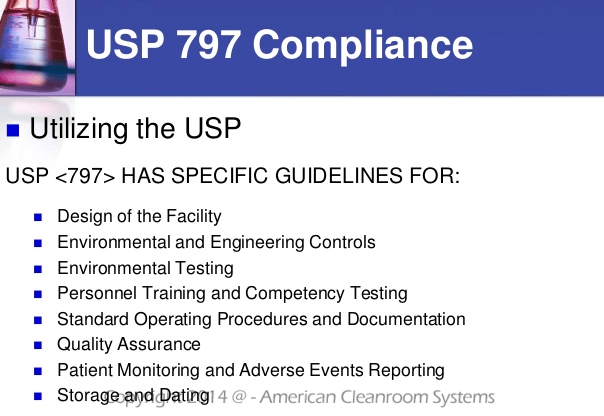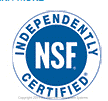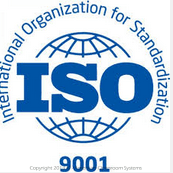R: Las pruebas viables son para microorganismos vivos como levaduras, moho o bacterias. Las pruebas viables se realizan normalmente en cuartos limpios para productos farmacéuticos o dispositivos médicos en los que la esterilidad es un factor clave. Las placas de sedimentación vienen con medios TSA o SDA para promover el crecimiento. Los seres humanos son la principal fuente de contaminación viable. Las pruebas de no viabilidad en cuartos limpios se realizan con un contador de partículas láser. El láser no puede diferenciar entre partículas vivas o inertes.
R: Las pruebas de flujo de aire utilizan varillas de humo para trazar el flujo de aire en los cuartos limpios Se utiliza para determinar los puntos inactivos o las zonas de flujo no laminar.
R: Algunos filtros de HEPA están diseñados con conexiones de control en las que el técnico puede inyectar gases trazadores especiales. Ningún gas debe pasar a través del filtro HEPA de nuevo a la habitación. Otras pruebas incluyen la inspección del HEPA en busca de fugas y la instalación de una campana manométrica o un velocímetro Velgrid en el HEPA para medir el flujo de aire en pies cúbicos por minuto.
R: Esta prueba sirve para determinar el tiempo que tarda el cuarto limpio en volver a su clasificación de cuarto limpio tras la introducción de contaminantes. Por lo general, sólo se realiza antes de que el cuarto limpio entre en producción. Los contaminantes son aerosoles especiales que están diseñados para no dañar el cuarto limpio.
R: La prueba más común es la prueba de partículas en reposo. Otras pruebas disponibles son las de varilla de humo para el flujo de aire, prueba de fugas HEPA, prueba de velocidad del aire y placa de sedimentación (viable).
R: Según la norma ISO14664-3, el número de muestras de ensayo depende de la superficie (pies22 o M2)2del cuarto limpio.
R: El proceso de fabricación para los usuarios de cuartos limpios puede tener especificaciones estrictas de temperatura y humedad que son necesarias para cumplir con la validación de la FDA (por ejemplo, productos farmacéuticos o médicos) o un rendimiento de fabricación aceptable (por ejemplo, fotolitografía de semiconductores).
R: El propósito de las pruebas de luz en cuartos limpios es garantizar que los trabajadores de los cuartos limpios tengan suficiente luz para hacer su trabajo correctamente. Las pruebas se realizan normalmente con un medidor de luz para medir las velas de pie a la altura de trabajo.
R: El objetivo de las pruebas de sonido en cuartos limpios es proteger a los empleados de niveles sonoros extremos que puedan dañar su salud o impedir la comunicación de efectos dentro de los cuartos limpios.
R: El IEST (Instituto de Ciencia y Tecnología Medioambiental) es una sociedad técnica sin fines de lucro que hace recomendaciones e implementa normas ISO para cuartos limpios.



